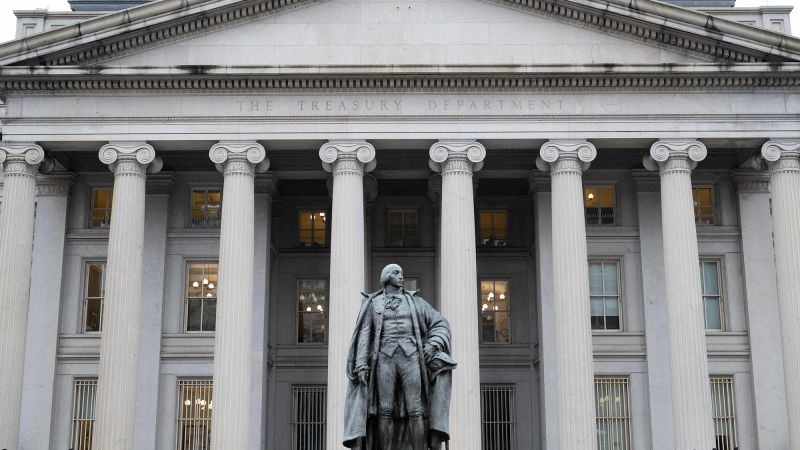The benchmark 10-year US Treasury note saw its yield breach 4% on Monday for the first time since August. This increase in the borrowing rate comes after a strong September jobs report led to investors reassessing their expectations for Federal Reserve rate cuts. Traders are now betting on a quarter-point rate cut in both November and December, reflecting a shift in confidence regarding job creation, economic growth, and inflation moderation.
Following the jobs report, the 10-year yield closed at 3.98% on Friday, up from 3.85% on Thursday. Higher borrowing rates are expected to impact both companies and consumers, as the 10-year yield influences rates on various loans such as mortgages, student loans, and car loans. This could result in increased costs for consumers looking to make large purchases and borrow money.
Investors and analysts are now foreseeing a more gradual pace of policy easing from the Federal Reserve, as they become more confident in continued job creation and economic growth, with inflation moderating at a slower rate than previously anticipated. Data set to be released this week, including the Consumer Price Index report for September and wholesale inflation figures, will provide further insights into the potential direction of interest rates. While inflation has eased, concerns remain that a strong jobs report could make it challenging for the Fed to meet its 2% inflation target.
The recent surge in the 10-year yield underscores a new outlook on economic conditions, leading to expectations of a slower pace of interest rate cuts by the Federal Reserve than previously anticipated. The borrowing rate increase will impact consumers seeking loans for major purchases, with higher costs for mortgages, student loans, and car loans. The shift in investor confidence reflects optimism in job growth and economic stability, prompting a revision in rate cut expectations for the coming months.
Analysts suggest that the Federal Reserve may adjust its policy stance to align with evolving economic conditions, as reflected in the changing yield on the 10-year Treasury note. This adjustment is driven by factors such as job creation, growth projections, and inflation trends. By closely monitoring economic data, investors can gain insights into potential shifts in Fed policy and interest rates, which in turn can impact borrowing costs for individuals and businesses alike.
Overall, the increase in the 10-year Treasury note yield signifies a shift in market sentiment and expectations regarding Federal Reserve policy. As investors continue to assess economic data and indicators, they are adjusting their outlook on interest rates and potential rate cuts by the Fed. This shift in expectations can have implications for borrowers seeking loans for various purposes, as borrowing costs are likely to be impacted by changes in key borrowing rates. By staying informed and monitoring economic trends, investors can navigate the changing landscape of interest rates and make informed decisions.


